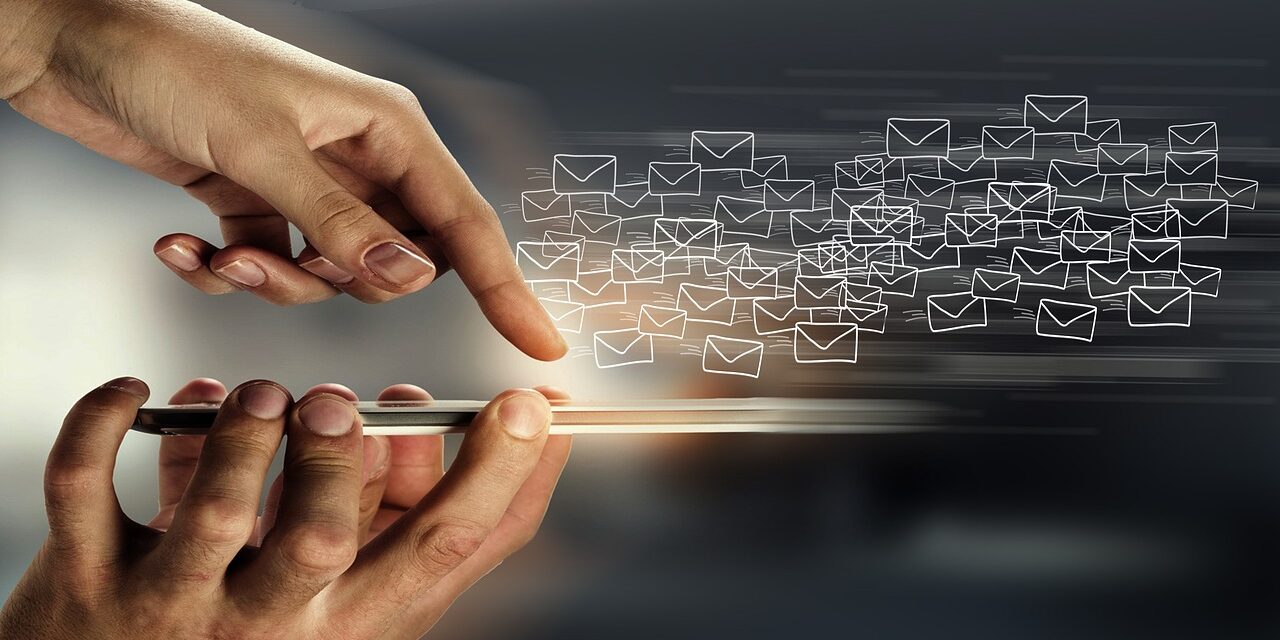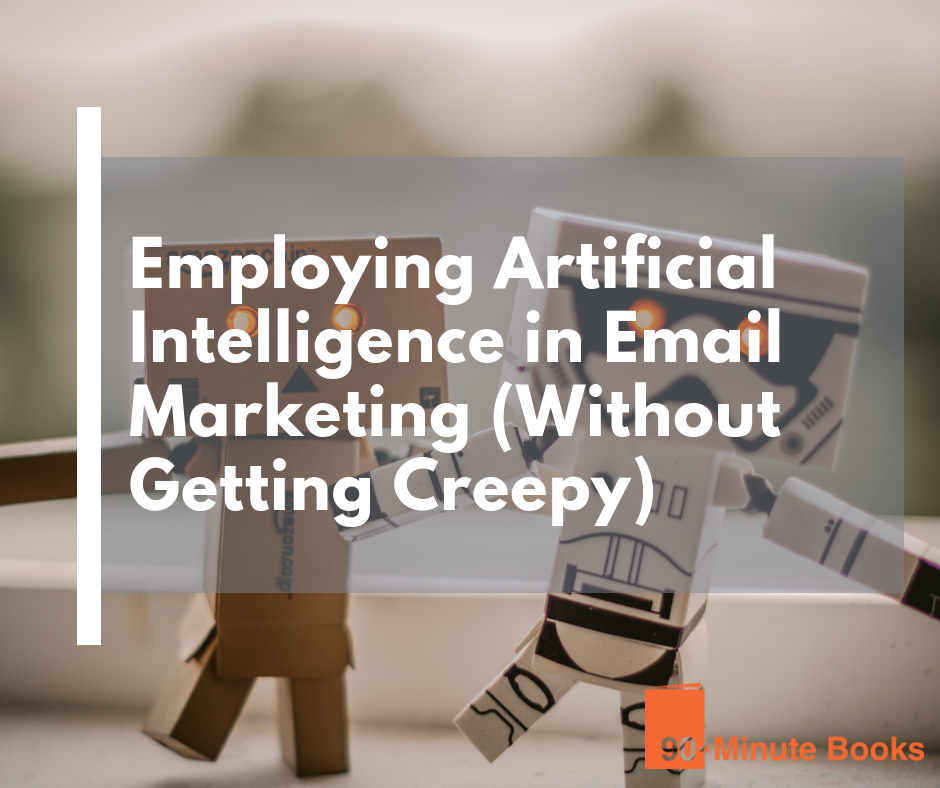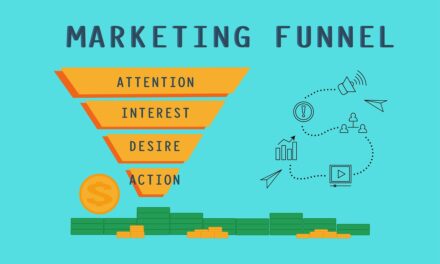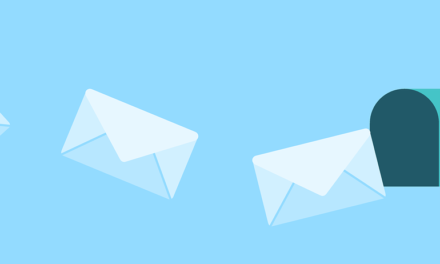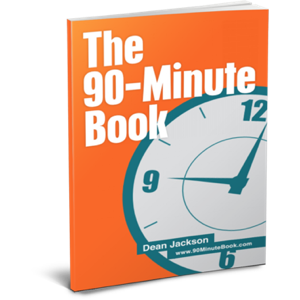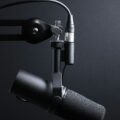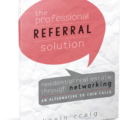It doesn’t matter what sector a person is in, the enterprise’s size, or the organization’s status; everyone who uses email wants to learn the best way to compose emails that the recipients will open.
In spite of the emergence of networks, discussion boards, and smartphone messaging apps, email continues to be among the most favored methods of communication worldwide.
Research conducted by Radicati estimates that there are more than 3.7 billion email users worldwide, and this figure is expected to grow.
If you believe the statistic to be high, I suggest that you sit before I divulge the magnitude of emails being transmitted.
We’re sending and receiving 269 billion emails every day. It seems impossible to stick out in this crowd.
Although social media, direct mail, and paid search have lower returns, email marketing is still a hugely successful tactic with a return on investment over five times higher than the other channels.
It has been determined that fifty percent of consumers would rather be contacted by companies via email than on social media or postal mail.
A recent survey revealed that consumers have the most pleasant experiences with email newsletters.
Being aware of the usefulness of email does not automatically mean that one can craft an effective message.
If you send incorrect emails, you will likely result in a decrease in customers. About two-thirds of people cancel their subscriptions to emails that are not of interest to them.
You need great emails to keep your customers happy.
We will dig into how to compose emails, even though you are aware of the benefits of using them.
The initial move is to divide our email distribution lists so that we can target our messages to the appropriate people.
How to Write Emails With Proper Audience Segmentation
We understand that an email is a powerful tool, but creating personalized messages for every customer on our contact lists would take too much of our precious time. Each email needs to feel personal, though.
When your customers have been divided into appropriate categories, it is simpler to deliver emails that appear to be more tailored.
The messages you create will be based on your potential customers’ interactions with your business and website. Due to this, their actions will not appear to be generic, occasional, or insignificant.
The Ascend2 survey concluded that the majority of marketers, 51%, claimed that email list segmentation was the most useful form of personalization.
Did a customer recently make a purchase from you?
Sending a thank-you email with information about the advantages of buying from you can help you remain at the forefront of the customer’s thoughts.
It’s possible that a person interested in buying something left their basket before committing to purchasing something. Think about giving out a coupon code to persuade that person to return.
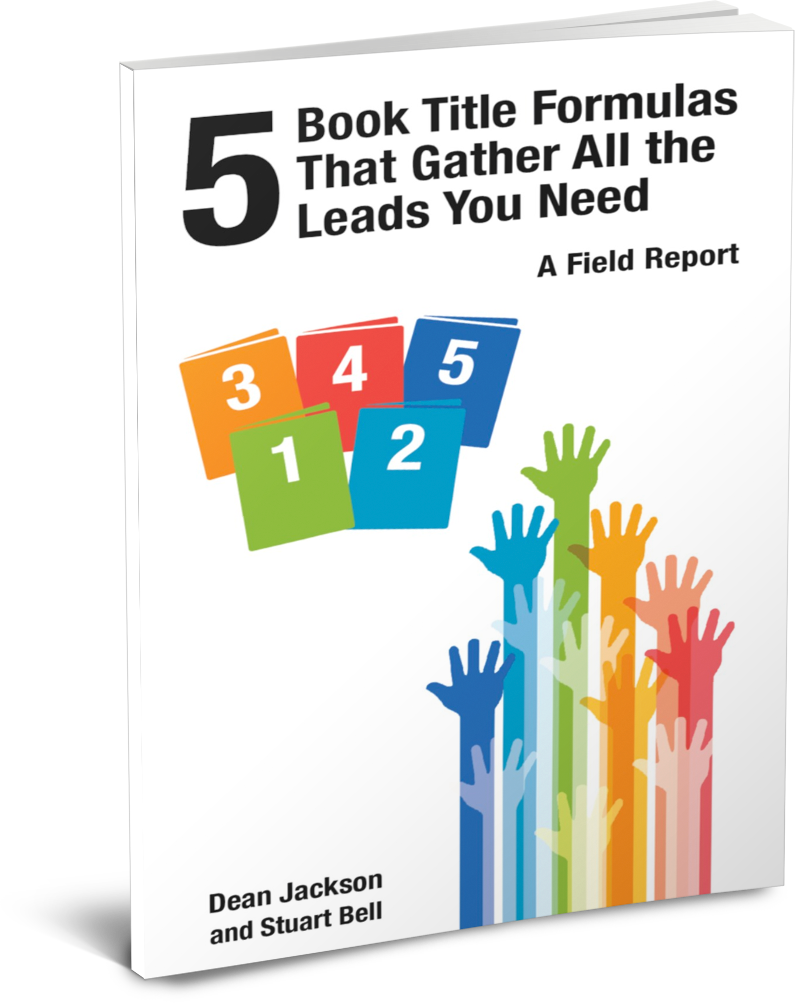
FREE BOOK
Discover the 5 Compelling Book Titles Types that create an ‘I Want That…’ response.
5 Steps to Write the Perfect Email
You are now aware of the benefits of sending emails to your customers. You are acquainted with various messages that could be delivered by email.
We need to figure out a reliable way to compose them.
You need to begin with a compilation of those who have subscribed. Gather the email addresses of your admirers and supporters to ensure you keep in touch with as many people as possible.
1. How to Write Email Subject Lines
You have one opportunity to make a good initial impression, and the topic line of an email is your opportunity to do so.
The headline of your email will decide if someone will open it or not. A recent study revealed that one-third of email receivers will check what the email is about purely based on its subject line.
If you wish your copy to be read, making a good initial impression is essential.
It’s important to keep the subject short and snappy. Many email services truncate extended subject lines, so your customers won’t get a full view of what it says.
Whatever you do, avoid spammy language like “Buy Now.”
You don’t need to be overly promotional. Focus on being informative and entertaining.
Using an amusing or amusingly written title can effectively raise the likelihood of someone reading an email.
2. Keep Emails For Customers Short and Friendly.
An email should never have an overload of information, as that is the most detrimental mistake one can make. The document ends up being too long.
People require pertinent facts. However, you can divide the facts into multiple emails.
You could also provide a connection to webpages on your site, so readers can look for more info if they desire.
Whatever the case, don’t waste your subscribers’ time. That’s the fastest way to the “unsubscribe” button.
You just need to preview your website briefly and provide a link to access it.
3. Write Better Emails by Adding Relevant Information and Calls to Action.
Reporters must investigate the person, incident, date, location, rationale, and manner behind a news story before informing the public. We plan to have this as the guideline for our emails.
Every message we dispatch must respond to these essential queries.
Say we have a weekend sale coming up.
The sale is the purpose, the store location is the place, our business is the identity, the holiday is the time, special pricing is the reason, and attending is the method.
Without this information, your recipients will be lost.
It’s additionally important to have a call to action or purchase button. Otherwise, how can your customers take action?
These buttons can be extremely helpful in driving clicks. However, verifying that customers can view them on their mobile devices is essential before using these sophisticated methods.
Nearly half of the emails are checked on mobile devices.
It’s a pity to put effort into composing an interesting, short and sweet email only to have readers not interact with it due to the lack of mobile compatibility.
Don’t become that marketer.
4. Personalize each email and use the second-person point of view.
No one desires to feel like they are merely a nameless entity.
It is essential to address each person with personalized language, which can be easily executed with the help of email template programs.
You have to compose emails using the pronoun “you”. Dialogue is generated by concentrating on the individual, providing the person on the receiving end with a feeling of importance.
5. Proofread and check your grammar multiple times.
It’s the worst experience ever when you’ve spent many hours constructing a detailed email template, sending it off to your directory of contacts, and then discovering a big mistake in the spelling.
Making errors when typing is annoying, and having typos in emails can be interpreted as a suspicious sign. Making a message appear unprofessional can cause it to be rejected by spam filters.
Put in the effort to make two passes to search for mistakes and ensure that the email for your customers is pristine before sending.
By ensuring that every aspect of our message was grammatical, we can now send out our email and attain the desired outcomes.
How To Write Sales Emails That Get Responses
This article provides a straightforward four-step structure you can use to draft your sales emails and six different templates you can customize.
Opening Line
Greet each recipient by name, explain why you are sending the email, and focus on what’s in it for them, not you. The basic meaning is that you should use names when sending emails to get a better response rate.
Offer Line
Limited availability is an effective means of generating a reaction. You can indicate to customers the limited availability of your company’s services or the great demand for your product by mentioning that you do not work with everyone or that there is a waiting list.
Mentioning the issue and proposing a feasible solution could be an excellent sales pitch. Emphasize a point that causes difficulty and simultaneously make it applicable to their circumstances. The offer section is a great place to provide assistance and proof of legitimacy using numbers, case studies and unique material.
Closing Line
Conclusion your request with a straightforward inquiry that requires the recipient to answer with either “yes” or “no” for the highest chances of being replied to.
Signature Line
Consider your email signature a mini personal webpage designed to get people to take the desired action. Include the essential information like your name, organization, and contact information, but also consider adding other elements that can enhance your brands, such as social proof, incentives, connections to pertinent content, as well as other elements that will create reliability and an affinity between you and potential customers.
Sales Email Templates
1. The “Classic AIDA”
| Hey {Name}, Is your team equipped to take on an additional 20 leads per week? I wanted to know if, after only two consultations with my consultants, other customers from {{Their industry}} has experienced noteworthy outcomes. We began offering advice to {{Notable person or company}} not that long ago, and the outcomes have been impressive thus far. It could seem too good to believe, so why don’t you verify it yourself? Sincerely, {{Signature}} |
Why It Works: AIDA works because it follows an effective structure borrowed from the popular sales technique:
- Attention: Seize their attention
- Interest: Explain clearly why the product or service is of value to the prospect
- Desire: Build up a desire for your product or service
- Action: End strong by outlining how they can take full advantage of the offer
Every successive line contributes to the cumulative effect of suggesting the need for action. The AIDA approach is highly effective and should be employed by all salespeople.
You can challenge your team to enhance their average deal amount and raise the price of orders. You could improve your profits by increasing your upselling and cross-selling or offering incentives for larger purchases.
2. The “Giver”
| Hello {Name}, I am investigating {{Industry}} and found out that {{Pain point}} is an enormous difficulty that people encounter in this space. Is that the case for you, also? I discovered this {{Content}} that might be useful to you if that’s true. This provides an overview of the origins of {{Pain Point}} and the strategies employed by the leading figures in {{Their industry or profession}} to overcome it. Recently, I have come across plenty of material and market information that has been extremely helpful. Would you like to discuss these topics over coffee next week? Kind regards, {{Signature}} |
Sending material such as blog posts, market investigation studies, and even book suggestions can be highly beneficial in creating an amiable relationship and practicing the concept of exchanging favors. This sales email template will have the greatest effect if you support it with excellent, pertinent material that either captivates or educates them in something helpful or both. You can make it convenient to follow up with someone by requesting their opinion on the material you have shared.
3. Before-After-Bridge
| Greetings {Name}, It is likely that out of every 100 cold emails sent, only one response will be received. That’s a lot of effort for little reward. Envision realizes ten times more reactions within a span of half the duration. Sound too good to be true? With {Product}, you can make it a reality. Could we have a phone conversation tomorrow at {{{Give 2 possible times}} so I can provide further information? {{Signature}} |
Explaining why it functions when apprehension in a customer’s area is expressed clarifies the differences resulting from the difficulty of not being present. Finally, you present a remedy – likely something connected to your item.
4. Features-Advantages-Benefits
| Hi {{Name}}, {Your company} offers {Features} . It allows you {Advantages}. That means you {Benefits}. Is this something you’d be interested in? {{Signature}} |
This copywriting formula is effective due to its simplicity. Describe two or three significant characteristics of your product, emphasize their advantages, and explain the implications this has for the people you are trying to reach.
5. The “5 Basic Objections”
Hey {{Name}}, {Product} offers you a simple way to expand and automate your email communications. I can verify it – all I need is a five-minute telephone conversation. Would it be possible for us to chat tomorrow at either {{Give 2 possible times}} so I can give you more details? {{Signature}}
Almost every time a prospect doesn’t buy from you, it’s because of one (or more) of these five reasons:
- They don’t have enough time
- They don’t have enough money
- It won’t work for them
- They don’t believe you
- They don’t need it
It is not recommended that you try to counter all of the complaints that may arise after sending an email; otherwise, you may present yourself very defensively. Remember to include these things when composing your email message. If you can address just one of them, you will have removed one obstacle to conversion.
6. Write for One Person, Not Thousands
| Hi {{Name}}, You’re spending too long on {Pain Point}. You wish you could do more, faster. With {Product}, you can. Our software {Features & benefits} What do you think? {{Signature}} |
Fairfax Cone, a renowned advertiser, described great copywriting: “Good advertising should be composed like a conversation between two people.”
Regardless of your audience size, always remember that every person who reads your emails is unique. They have their own priorities and pain points. It’s up to you to tap into them.
The essence of constructing your sales email outlines has to do with making them comprehensible, delivering worth and concluding with a query or request which encourages action and encourages an affirmative reply.
Guest Post Disclaimer
The views expressed in this post do not represent the views of 90-Minute Books. The information has not been verified and should be considered an opinion. You are always advised to do independent research.

